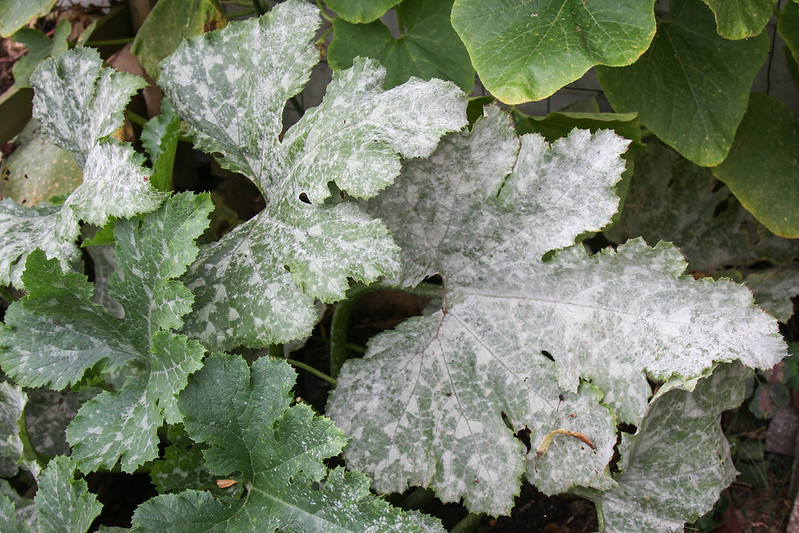Fighting plant diseases
Determine leaf diseases
You discover that some of your protégés are sick. There are symptoms on the leaves that indicate a plant disease. Here is an overview of the most common leaf diseases and their symptoms.
Mosaic virus
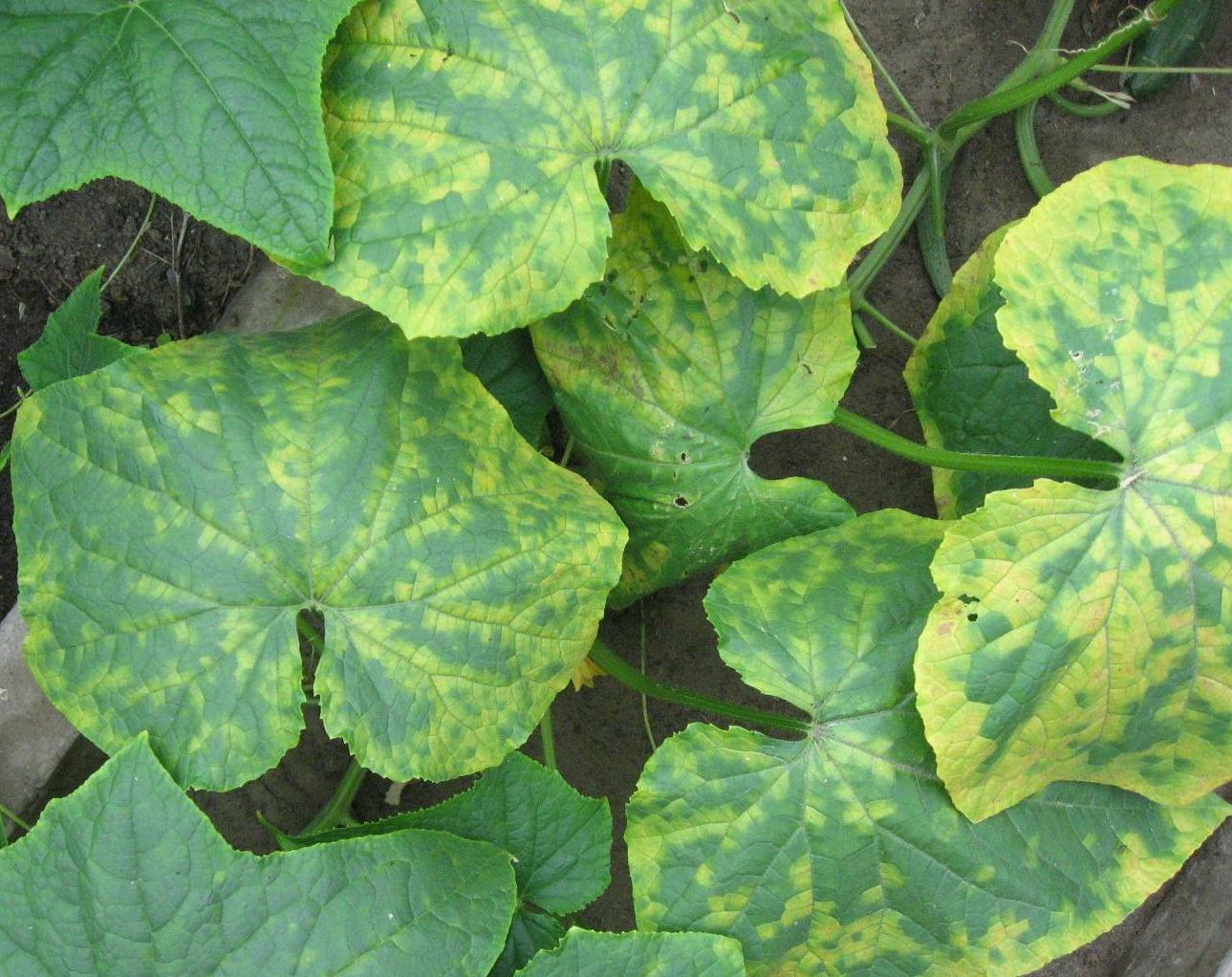
- Symptoms: mosaic-like, yellow-light green pattern on the leaves; wilting; curled leaves; deformation of fruits and shoots
- often transmitted by sucking insects such as aphids, whiteflies or thrips
- susceptible plants: mainly nightshade and pumpkin plants
Botrytis bunch rot (Botrytis)
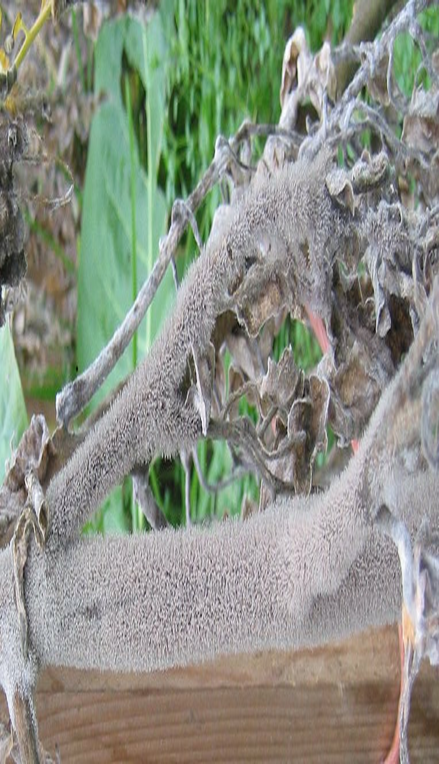
- Symptoms: grayish-white fungal coating on leaves and later on the whole plant
- especially gray mold rot is relevant for hobby gardeners
- susceptible plants: Vine, lettuce, cucumbers, beans, tomatoes, onions, roses, strawberries, blackberries, raspberries, gooseberries
Leaf curl (Taphrina deformans)
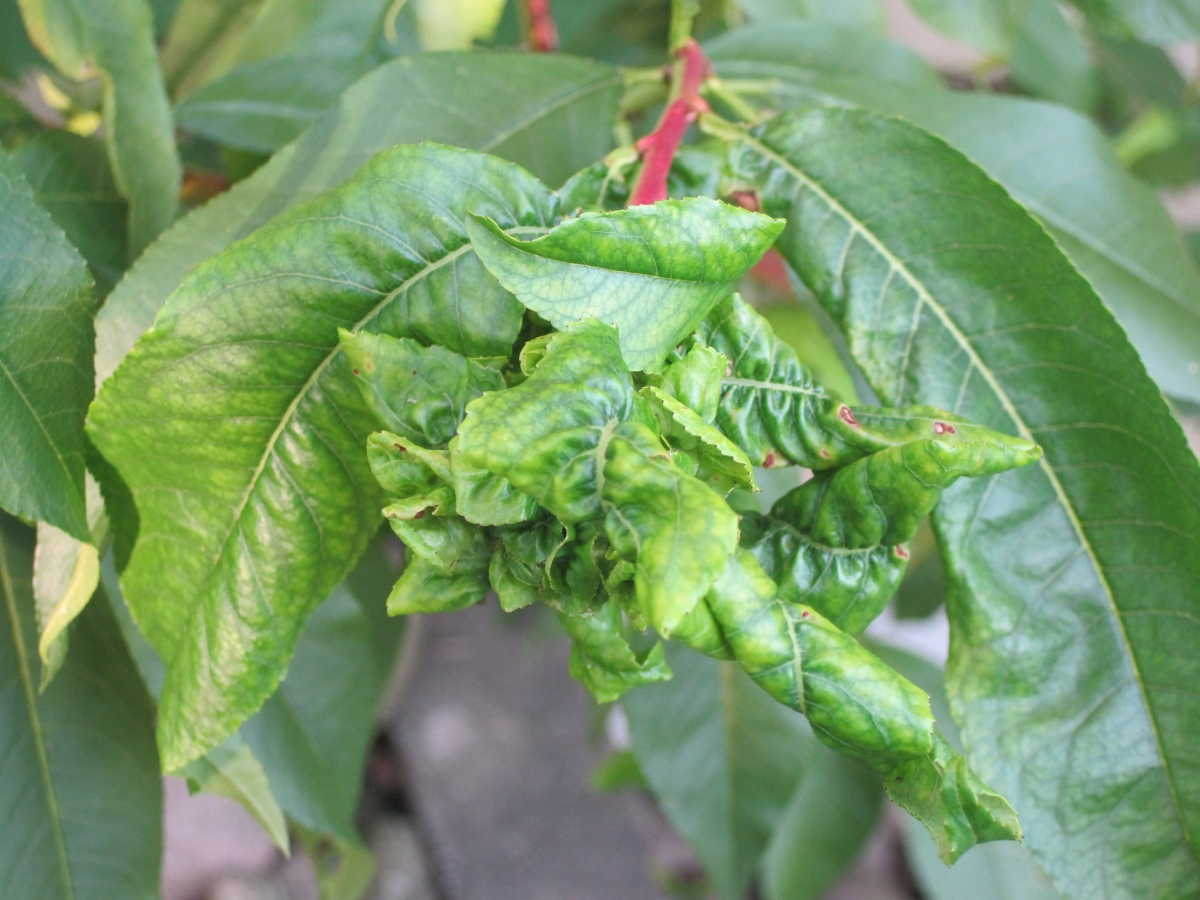
- Symptoms: young leaves curl; light green or red blisters on the upper side of the leaves; early leaf fall
- susceptible plants: mainly fruit trees such as peaches, nectarines and almonds
Late blight (Phytophthora infestans)
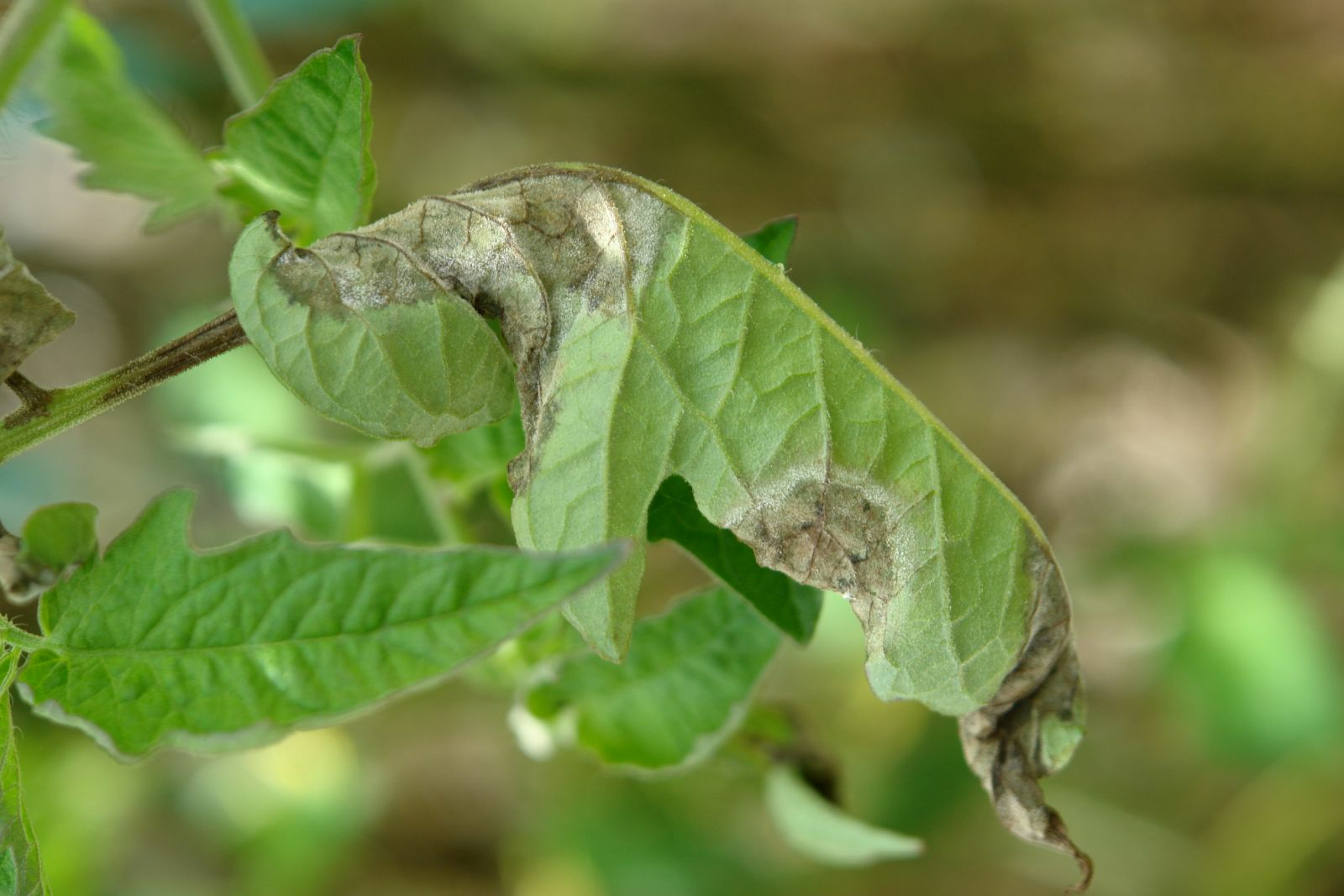
- Symptoms: olive-brown spots on the upper side of the leaves; white fungal turf on the underside of the leaves; curled leaves; over time, leaves turn black and wilt; early leaf fall
- susceptible plants: mainly nightshade plants such as tomatoes, potatoes, eggplants and peppers
Powdery mildew (Erysiphaceae)
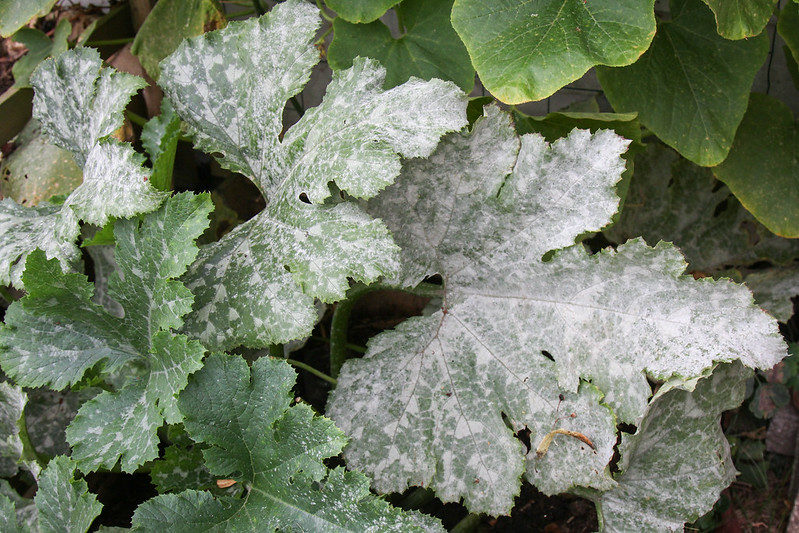
- Symptoms: affects the upper side of leaves with a whitish, floury coating that can be washed off
- susceptible plants: pumpkin plants, carrots, peas, sage, strawberries, apples, grapes, gooseberries, roses
Downy mildew
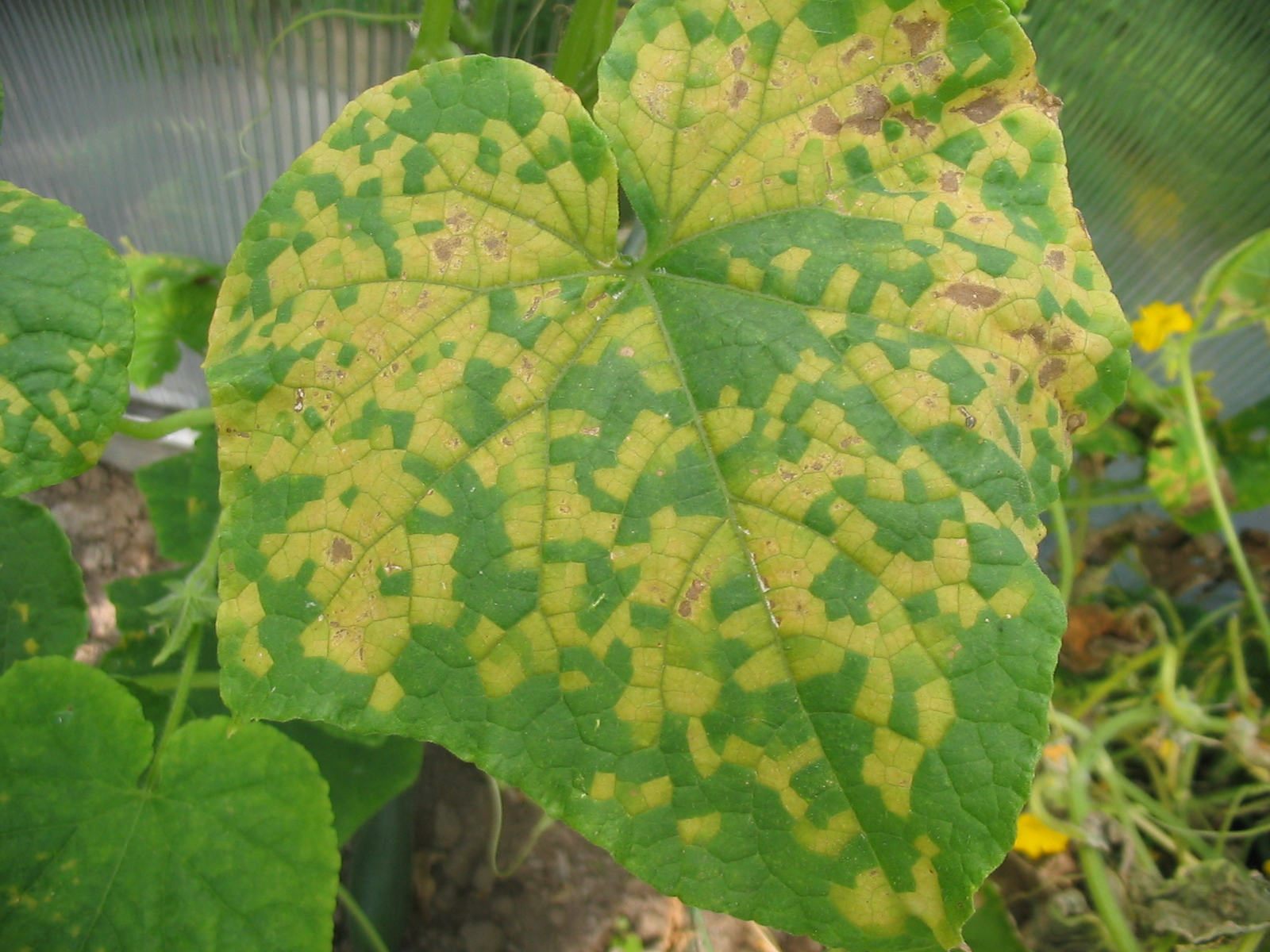
- Symptoms: purple-white coating on the underside of leaves, yellow-brown spots on the upper side of leaves
- susceptible plants: radishes, radishes, horseradish, lettuce, peas, lamb's lettuce, cabbage, spinach, onions, roses and vines
Rust fungi (Pucciniales)
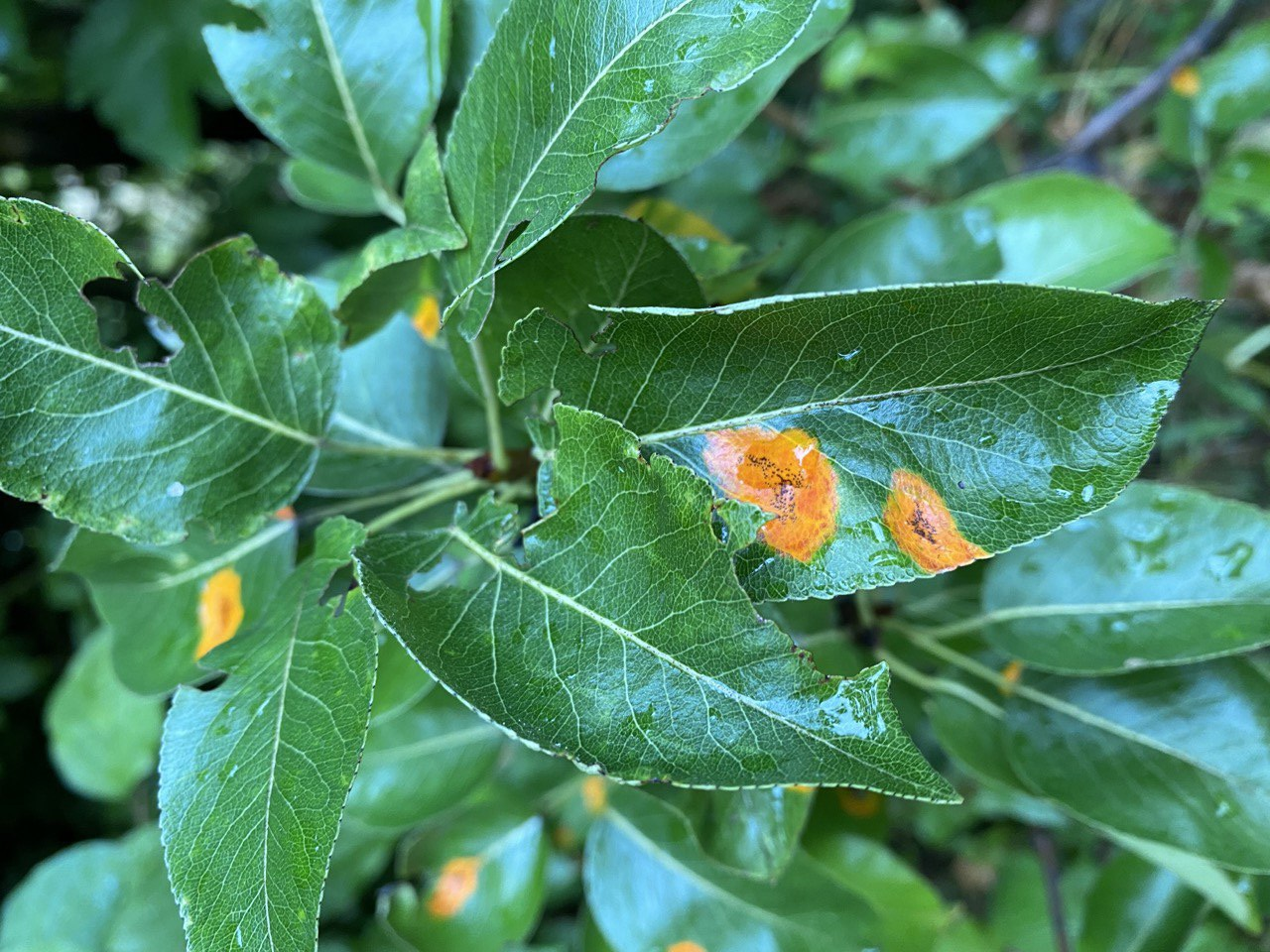
- Symptoms: small brown-red rust spots on the upper side of the leaf; rust-red pustules with spores spread on the underside of the leaf; affected parts of the plant die - susceptible plants: Apples, pears, currants, asparagus, carrots, onions, peas, beans, beets
Scab (Fusicladium)
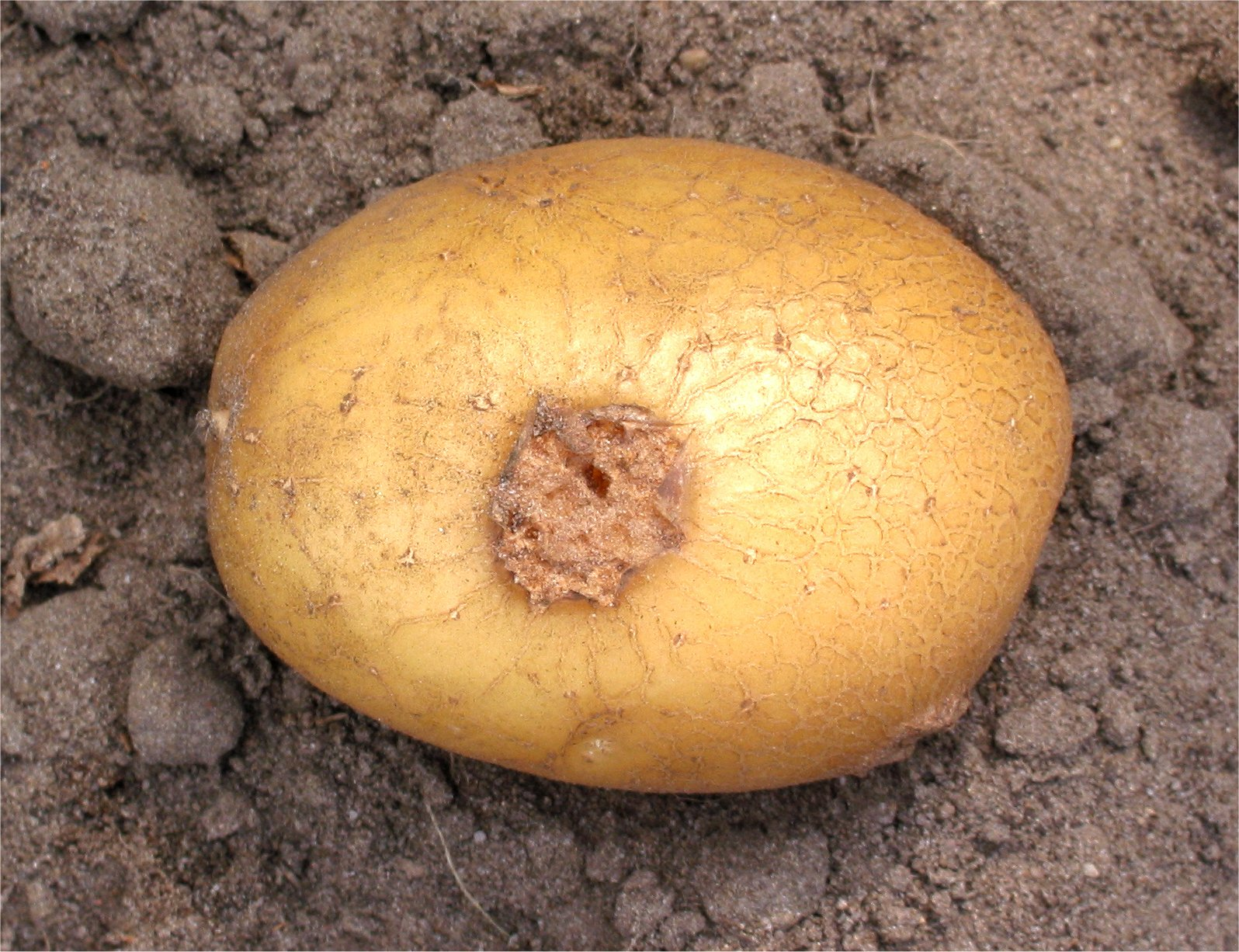
- Symptoms: gray-black spots on the flowers and upper leaf surfaces; early leaf fall
- susceptible plants: rose plants, potatoes
Sooty mold (Diplocarpon rosae)
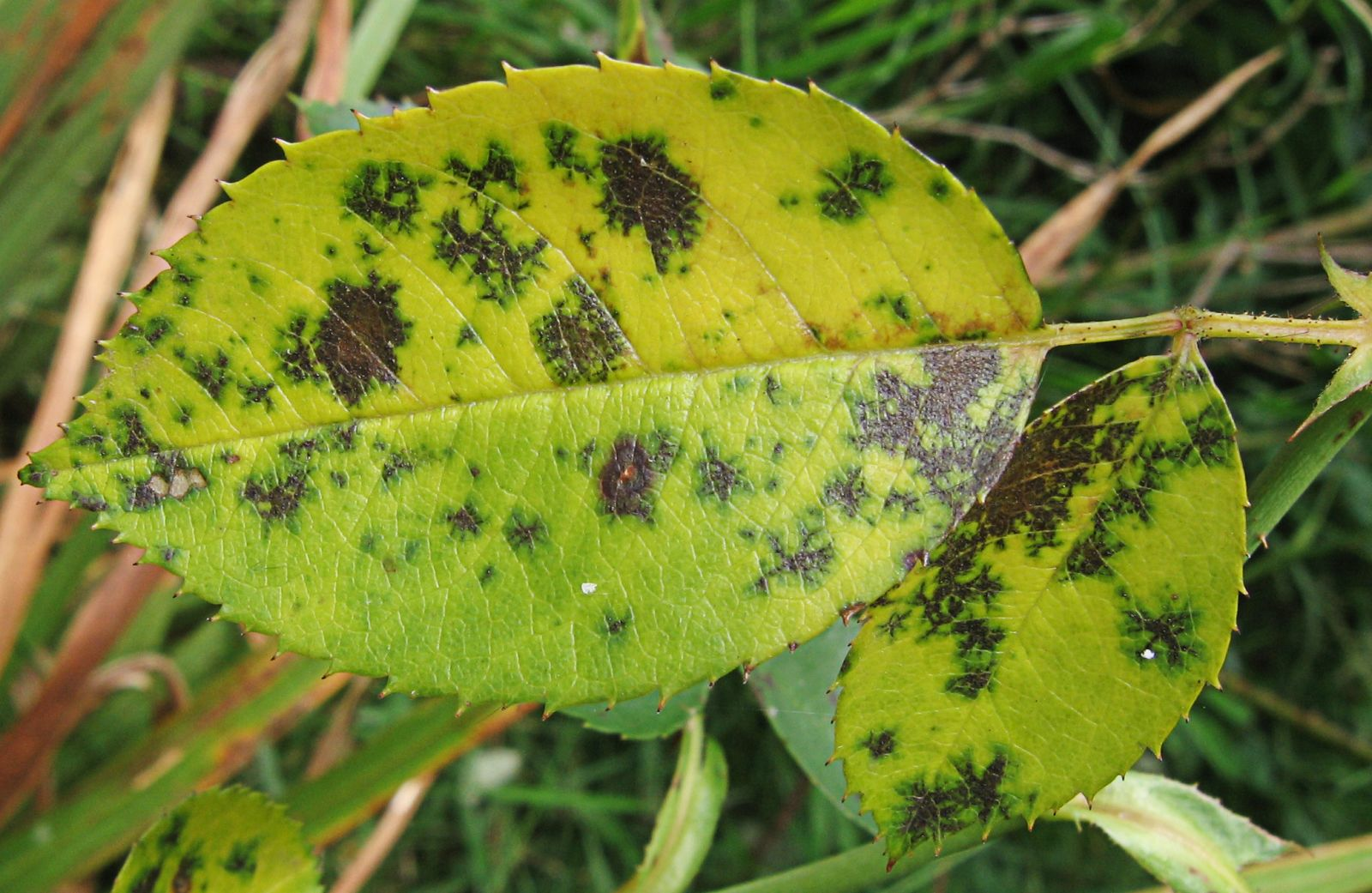
- Symptoms: round black-brown spots on leaves that spread in a star shape
- susceptible plants: rose plants, cucumbers
